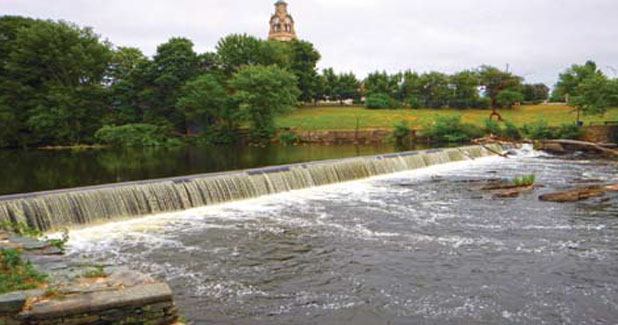
Wastewater from mills to power batteries!
But what if instead of just cleaning the water up, we could find a new way to use it? That’s what really motivated this project,†said Anjula osswattaarachchi, a PhD student at University at Buffalo
A sapphire-coloured dye—a common industrial pollutant from textile mills—could be used to build rechargeable batteries for wind farms and solar homes to store electricity, a study has found. Scientists from University at Buffalo in the US showed that the dye, when dissolved in water, is good at storing and releasing energy on cue. This makes the compound a promising candidate material for redox flow batteries that can be used to stockpile electricity generated from solar or wind farms for days when there is no sunshine or electricity.
“Methylene blue is a widely used dye. It can be harmful to health, so it’s not something you want to dump into the environment without treating it,†said lead researcher Timothy Cook, an assistant professor at University at Buffalo. “There’s been a lot of work done on ways to sequester methylene blue out of water, but the problem with a lot of these methods is that they’re expensive and generate other kinds of waste products,†said Cook.
“But what if instead of just cleaning the water up, we could find a new way to use it? That’s what really motivated this project,†said Anjula osswattaarachchi, a PhD student at University at Buffalo.



